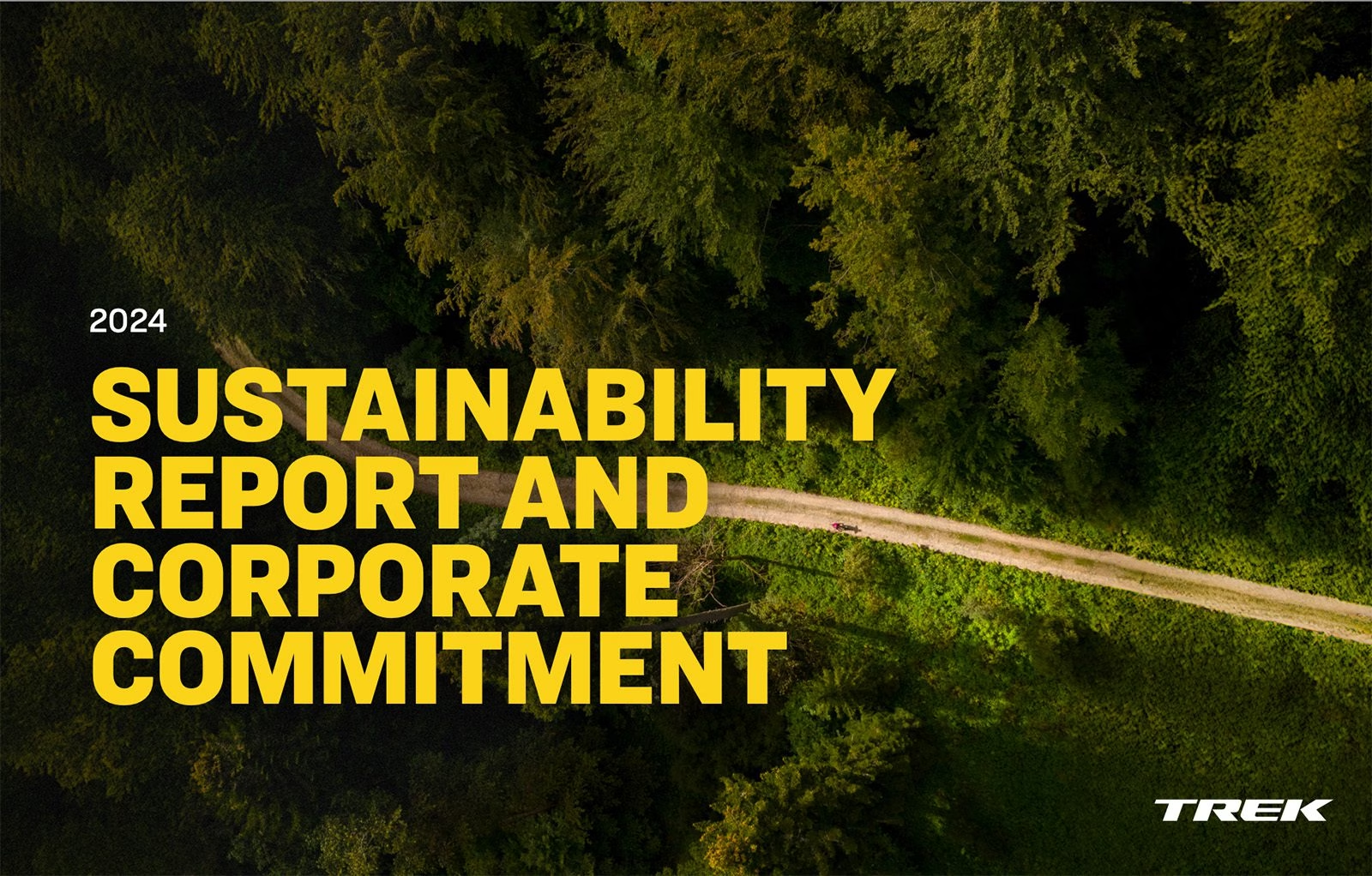Trek’s first sustainability report in 2021 marked the beginning of a critical journey—an honest look at its environmental impact and a roadmap for meaningful change. But how do you go about changing something so complicated and collosal? Well first, you identify what your current greenhouse gas emissions are. Then you try to change them. Recently, Trek Canada released the 2024 sustainability report. Here are some of the more significant parts of that doc.
Scope 3
Trek has broken down its environmental impact by calculating how much each step of its manufacturing process releases CO₂ into the atmosphere. It’s divided its operations in what it calls Scope 1, 2 and 3 categories. Scope 1 includes things like waste disposal and fuel used by company vehicles. For Trek, this accounted to about 2.8 per cent of its global emissions. Scope 2 includes things like how green the electricity it purchases is. For Trek, this amounted to about 1.8 per cent of emissions. The real kicker for a manufacturer like Trek is Scope 3. This is purchased goods—things such as raw materials, components and finished products. It includes distribution and transportation. And it includes upstream emissions from extraction and refinement of materials. For Trek, this is where the bulk of its emissions come from. It accounts for 95.4 per cent of its CO₂.
Low-impact aluminum
In 2021, Trek’s emissions audit identified aluminum production as the leading contributor to its Scope 3 greenhouse gas emissions. The issue stemmed from aluminum manufactured in facilities powered by fossil fuels—a standard across the bike industry and beyond. However, when aluminum is produced using renewable energy, emissions drop significantly. To address this, Trek launched a supplier outreach program, asking critical questions that it hadn’t explored before. This effort provided a clearer picture of its supply chain and identified opportunities for improvement.
As a cornerstone of its carbon reduction strategy, Trek introduced a new aluminum sourcing policy. This policy sets strict criteria for suppliers, ensuring they are equally committed to lowering emissions.
Trek’s efforts have already led to tangible results—the first low-impact aluminum Trek bikes are now available at retailers.
And according to Trek, this move to low-impact aluminum is decreasing the emissions created by the manufacture of a bicycle by as much as 70 per cent.
That’s not all
While changing the company’s…
Click Here to Read the Full Original Article at Canadian Cycling Magazine…

